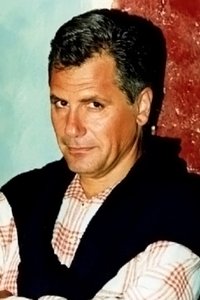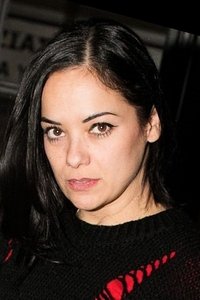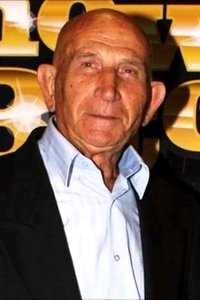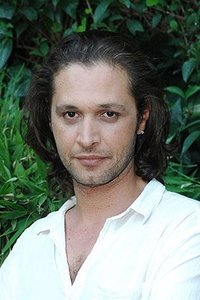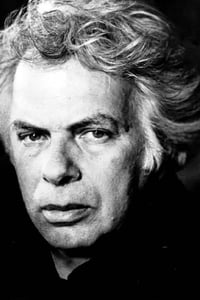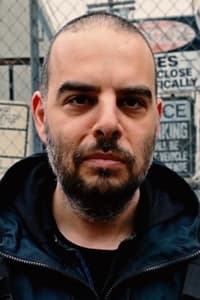Naked Cinema
Genres
Documentary
OverView
In the early 70s Greek cinema entered in a period of crisis. One of its aspects was said "crisis of issues" and one of the exits heard in the name "erotic cinema". The genre was already acquaintance from the abundance of foreigner films, that was distributed in the grindhouses under the "adults only" motto and its Greek version had a lot of variants.
Others
Budget
$--
Revenue
$--
Status
Released
Original Language
Greek
Runtime
102 mins
Rating
0/10
Release Date
08 April 2010
Country



